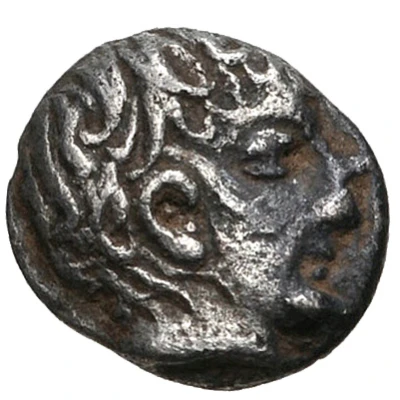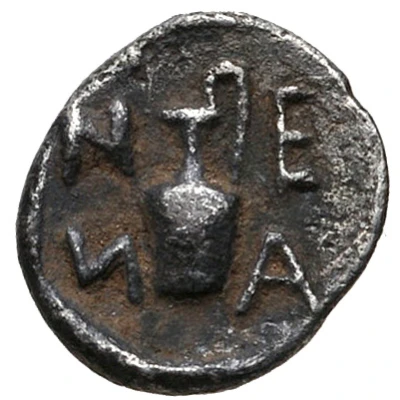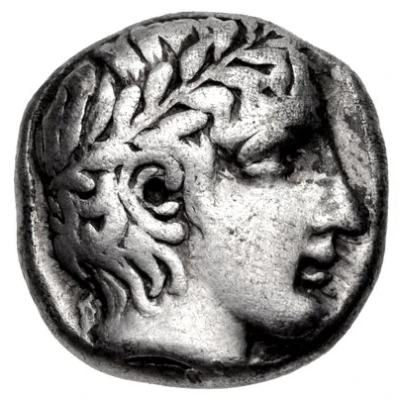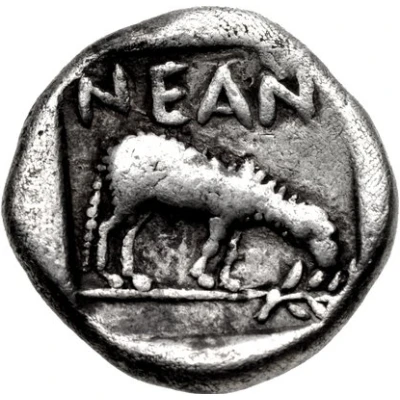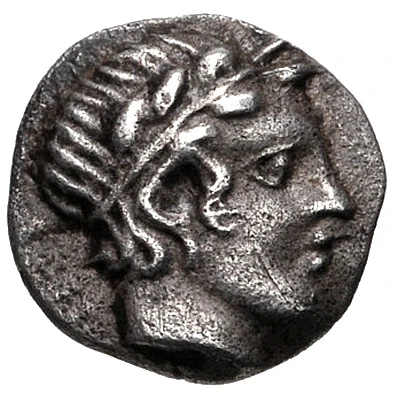
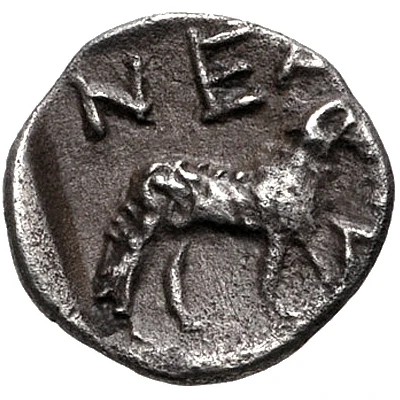

© Classical Numismatic Group, Inc.
Obol 400 BC - 300 BC
| Silver | 0.56 g | 8.5 mm |
| Issuer | Neandria (Troad) |
|---|---|
| Type | Standard circulation coin |
| Years | 400 BC - 300 BC |
| Value | Obol (⅙) |
| Currency | Drachm |
| Composition | Silver |
| Weight | 0.56 g |
| Diameter | 8.5 mm |
| Shape | Round (irregular) |
| Technique | Hammered, Incuse |
| Demonetized | Yes |
| Updated | 2024-10-10 |
| Numista | N#143798 |
|---|---|
| Rarity index | 95% |
Reverse
Ram standing facing right within incuse square
Script: Greek
Interesting fact
The Obol coin from Neandria (Troad) was used as a form of currency in ancient Greece and its design has been found to be quite unique. The coin features a distinctive "barleycorn" pattern on its reverse side, which was created by the minting process and not by any deliberate design. This pattern is believed to have been caused by the way the silver was poured into the mold, resulting in a textured finish that resembles the grains of barley. This feature has made the Obol coin stand out among other ancient Greek coins and has become a distinguishing characteristic of this particular issue.
